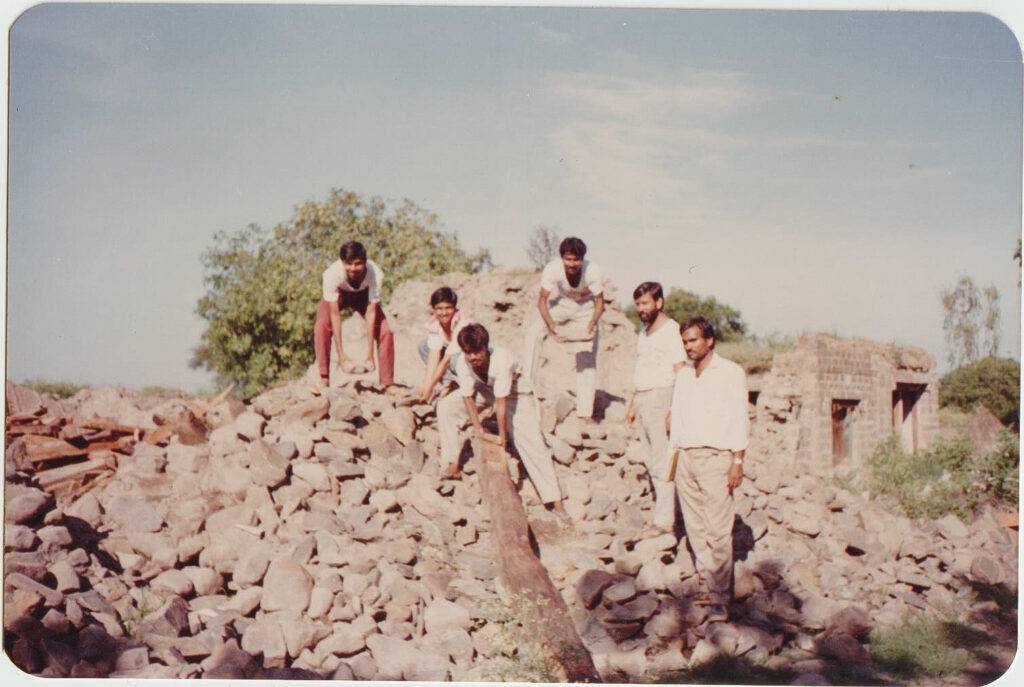
The earthquake that occurred in Killari, India in 1993, is commonly referred to as the “Killari earthquake” or the “Latur earthquake.” It was a devastating earthquake that struck the region of Killari, located in the Indian state of Maharashtra, on September 30, 1993.
The earthquake had a magnitude of 6.4 on the Richter scale and its epicenter was near the village of Killari, approximately 40 kilometers (25 miles) southwest of the city of Latur. The earthquake occurred at a depth of about 10 kilometers (6.2 miles) within the Earth’s crust.
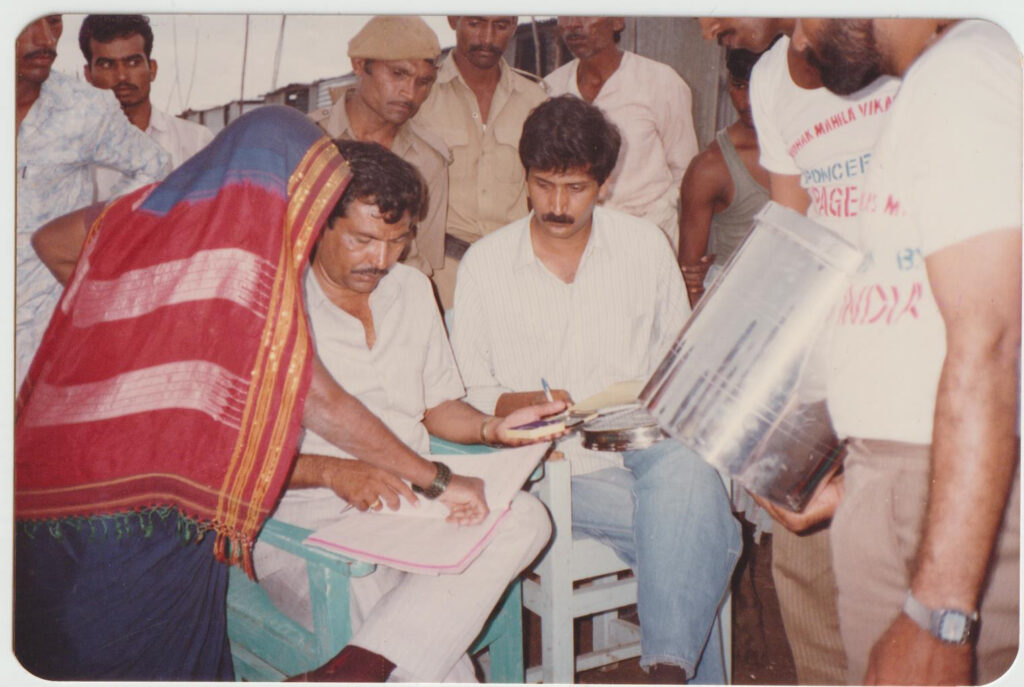
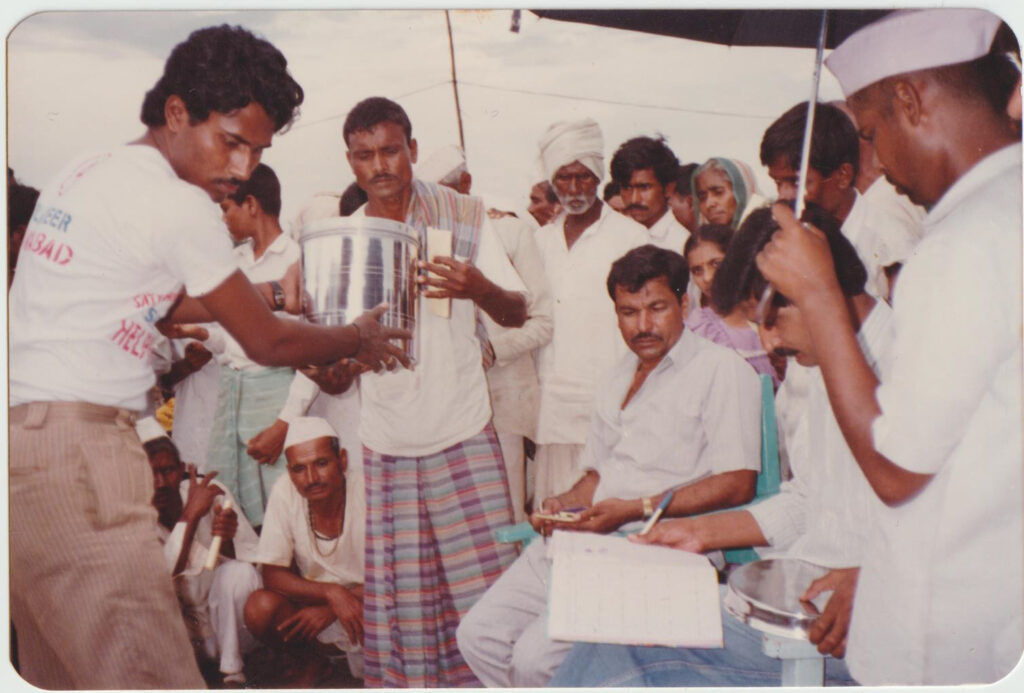

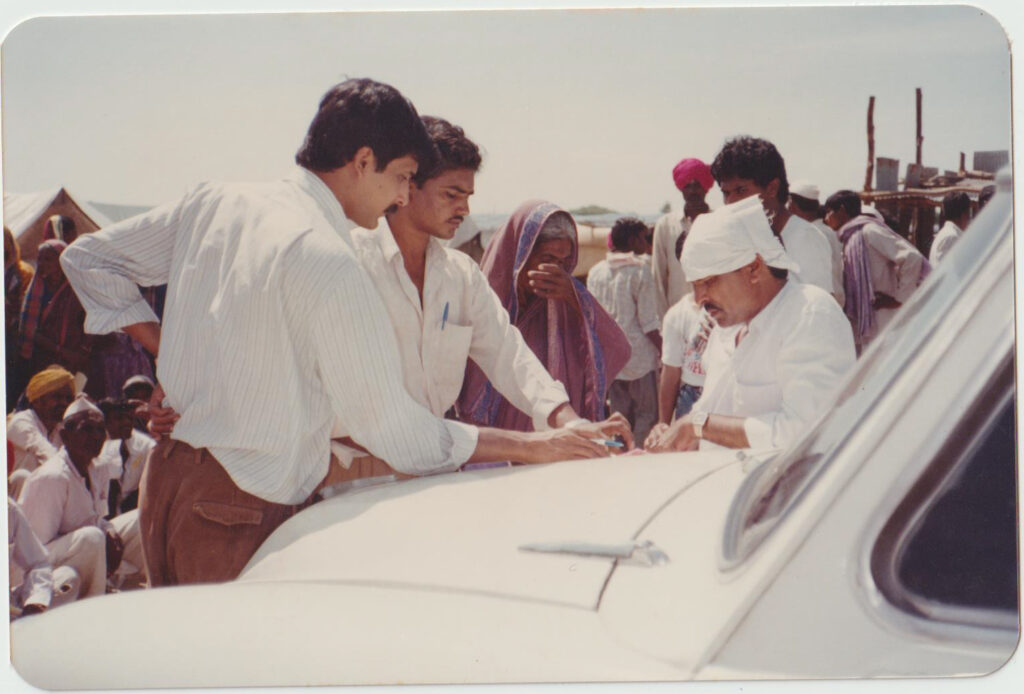
The impact of the Killari earthquake was severe and resulted in extensive damage and loss of life. Numerous villages and towns in the region, including Killari and Latur, were severely affected. The earthquake caused widespread destruction of buildings, including houses, schools, hospitals, and other infrastructure.
Prof. Vinayak M. Gaike, The Vice president of Satyadhodhak Mahila Vikas Mandal (Satyashodhak) in collaboration with District collector of Aurangabad and Helpage India, have promptly executed series of actions like collection of relied funds, Gathering all necessary goods and supplies for quick relief to the victims of earthquake.
Prof. Gaike himself along with team of volunteers headed towards killari within few hours. Trucks full of supplies reached to Killari and it took 6 days of hard efforts to rehabilitate the citizens and providing them all supplies they needed.
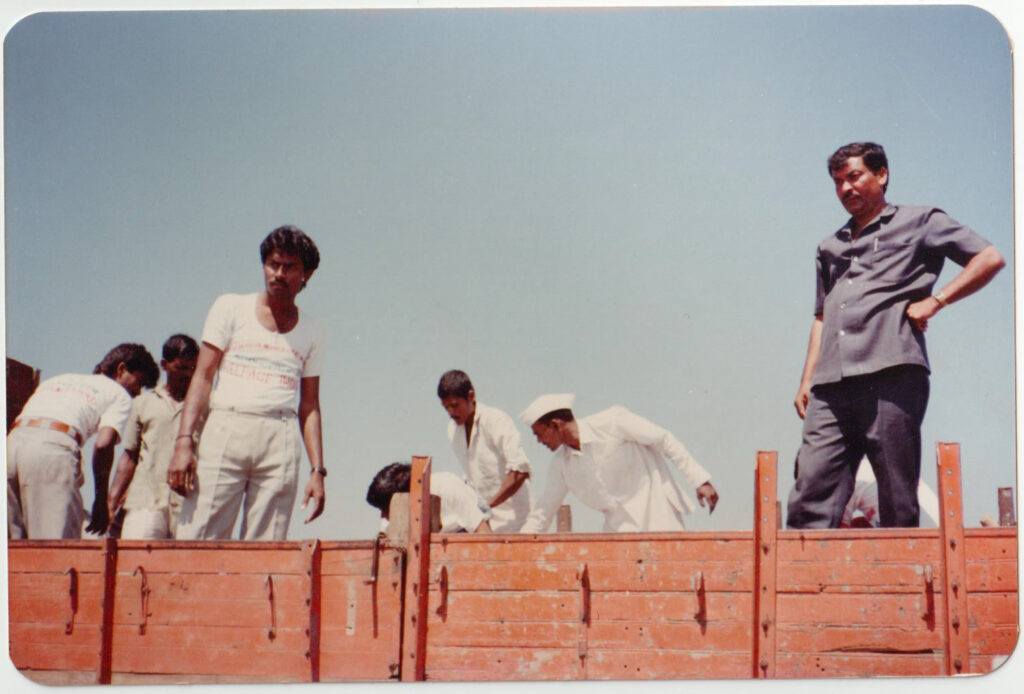
The SATYASHODHAK focused on various aspects of relief and rehabilitation, including:
The SATYASHODHAK coordinated the distribution of relief supplies such as food, water, blankets, clothing, and other essential items to the affected communities. These supplies were crucial in meeting the immediate needs of the survivors who had lost their homes and belongings.
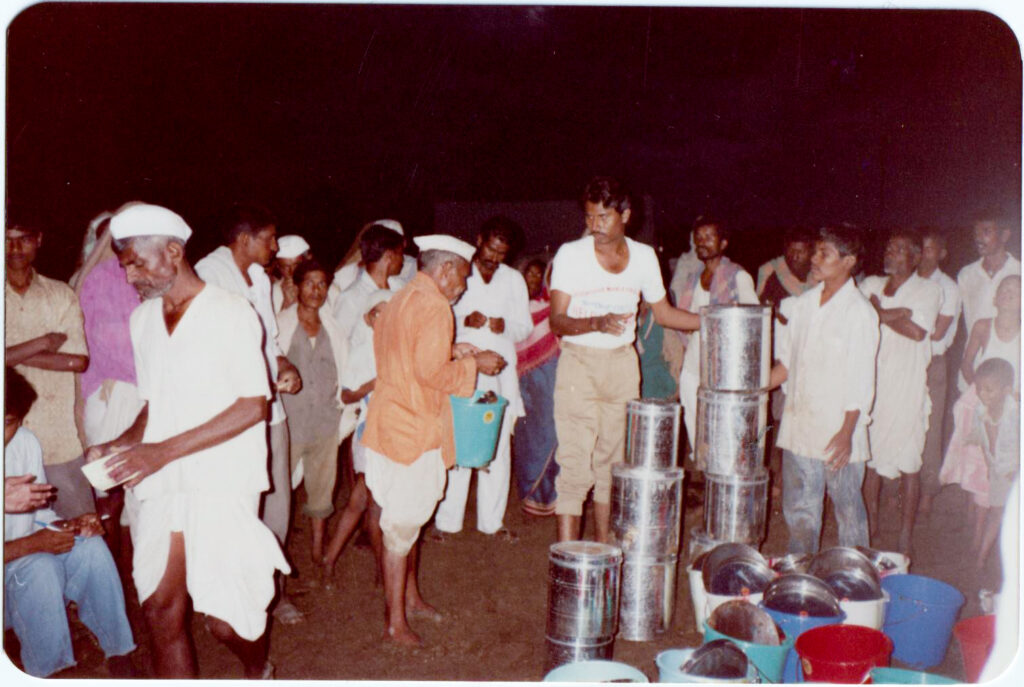

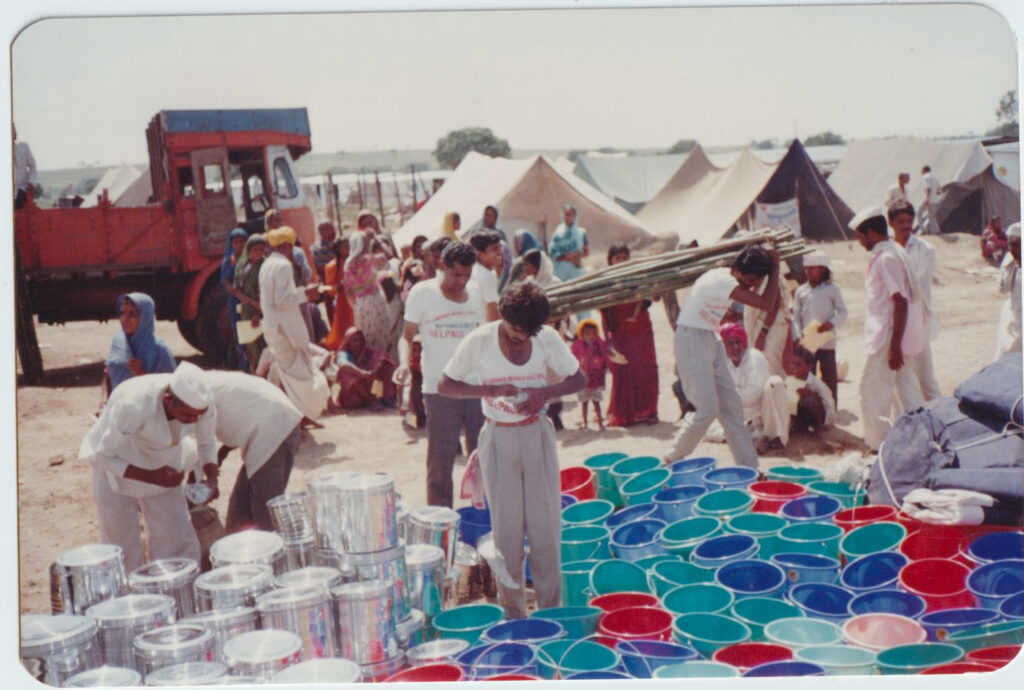
The organization worked towards providing temporary shelter arrangements for those who had lost their homes. They set up temporary shelters, including tents and community centers, to accommodate the displaced population. Additionally, the SATYASHODHAK collaborated with other organizations and the government to facilitate the reconstruction and rehabilitation of homes and infrastructure in the long run.

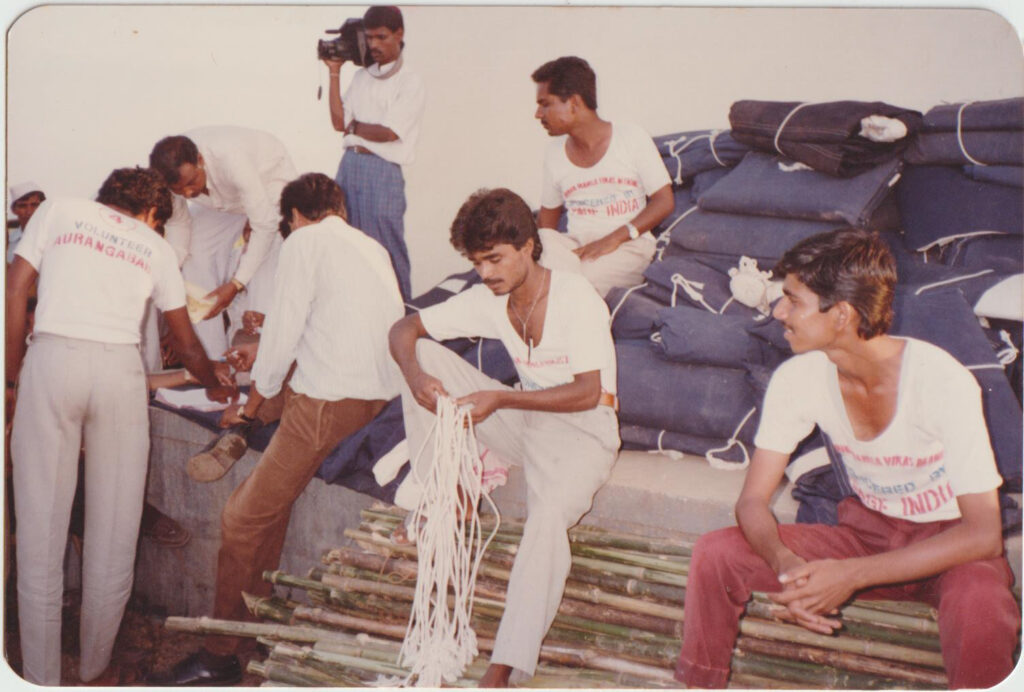
The SATYASHODHAK volunteers played an active role in offering emotional support and counseling to the survivors. They conducted community-based psychosocial programs to help individuals and communities cope with the trauma and rebuild their lives.
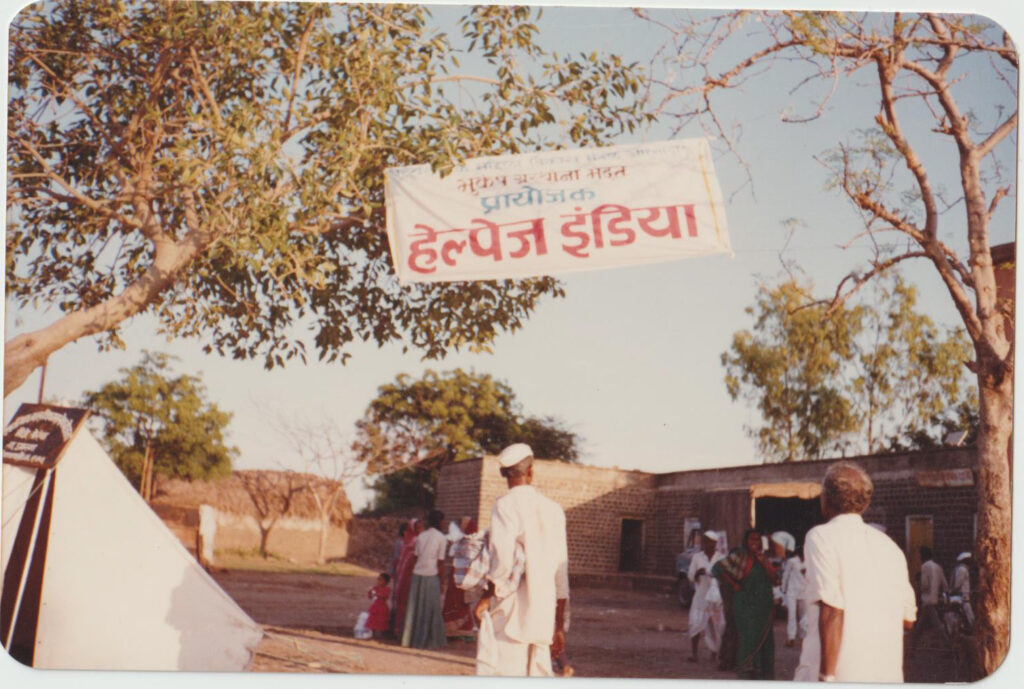
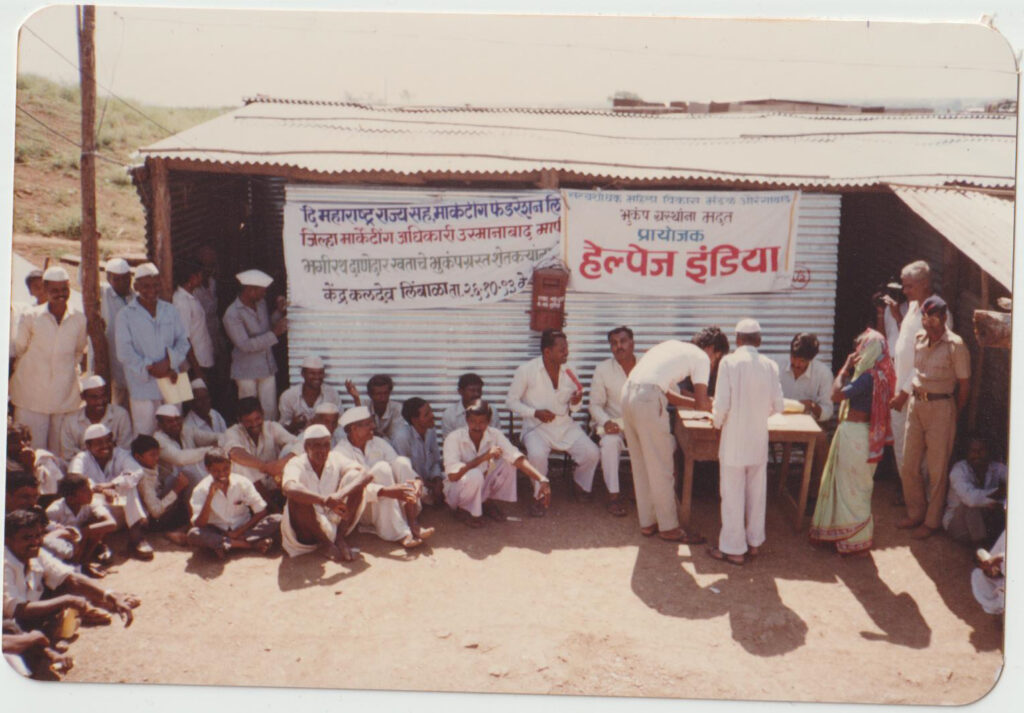
It’s important to note that while the Satyashodhak Mahila Vikas Mandal was one of the significant NGOs involved in the relief efforts, there were also several other NGOs, local organizations, and community groups that contributed to the relief and rehabilitation work in the aftermath of the Killari earthquake. These organizations worked together to ensure a coordinated and effective response to the disaster and to assist the affected communities in rebuilding their lives.

![]()
